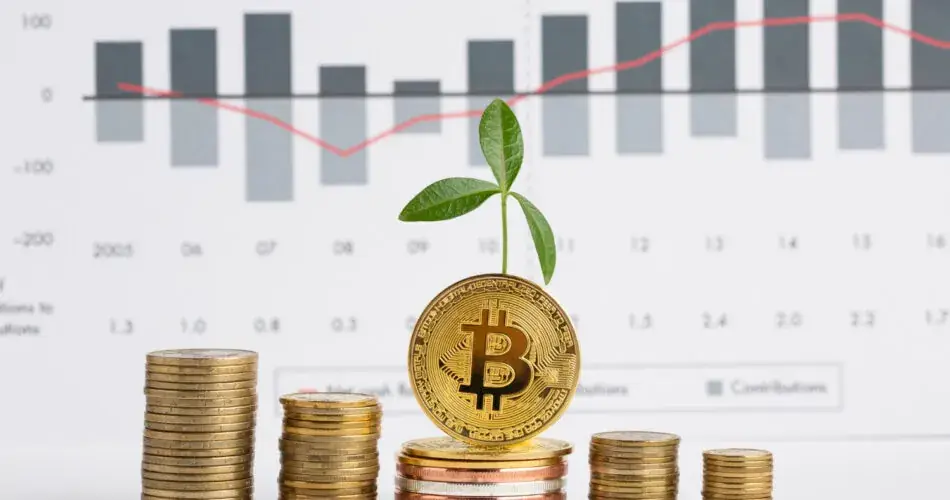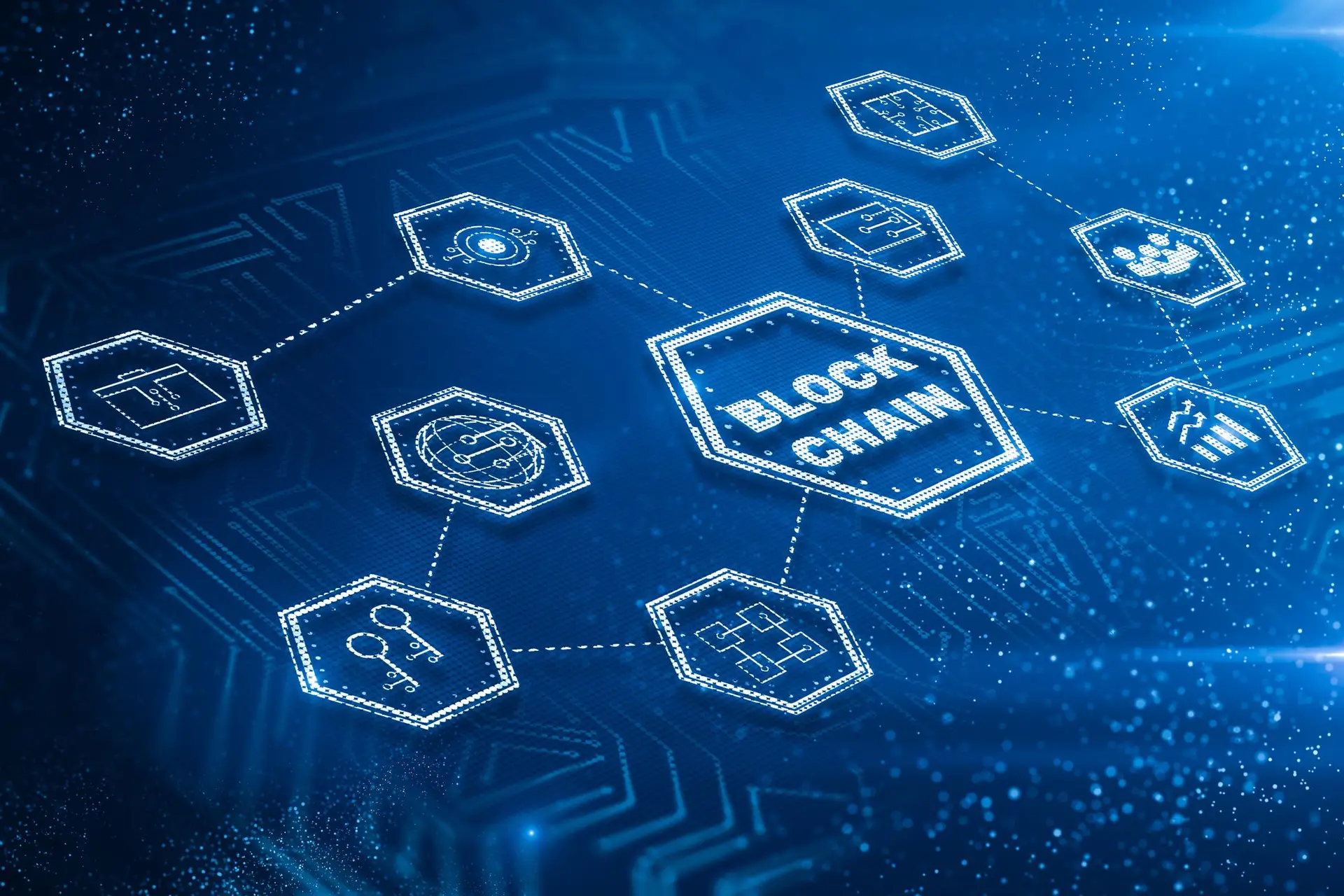Blockchain technology now extends far beyond cryptocurrencies. This innovative method of data storage offers transparency, security and decentralisation, making it attractive for a wide range of industries. Investing in blockchain is a strategic move today for anyone who wants to preserve and grow capital. Companies such as IBM, Microsoft and Amazon are already investing billions of dollars in the development of these technologies, which they see as the future of the digital economy.
The importance of blockchain is growing against the backdrop of the global economic crisis. In times of crisis and inflation, technologies that guarantee the security and reliability of data storage are crucial for businesses. In this article, we discuss promising blockchain projects, startups, ETFS and security tokens.
How to invest in blockchain: basic methods and strategies
Investing in blockchain offers you countless opportunities to grow your capital. There are different investment methods, each of which suits a different level of knowledge and risk appetite. Beginners should be careful when buying popular cryptocurrencies such as Bitcoin or Ethereum. Experienced investors may consider startups and participate in ICOS, IEOS, and STOS.
Available methods:
- Buy cryptocurrency. One of the easiest and most popular methods. Binance, Coinbase, and Kraken offer access to dozens of cryptocurrencies. It is important to consider the fees for buying, storing, and withdrawing funds. Storing your assets in secure wallets such as Ledger or Trezor protects your investments from hacks and scams.
- Invest in ETFS. With the Grayscale Bitcoin Trust and Bitwise 10 Crypto Index Fund, exchange-traded funds, you can access multiple blockchain assets at once. This reduces risk through diversification and is suitable for long-term investments.
- Participate in ICO, IEO, and STO. Initial coin offerings allow investors to buy coins from new blockchain projects at an early stage. Successful ICOS can generate multiple returns, but they require careful analysis.
- Venture capital investments in blockchain startups. Investing in young companies offers the opportunity to achieve high returns if the project is successful. Platforms such as AngelList and Crunchbase help to find startups with great potential. Successful examples are Chainlink, Polkadot and Filecoin.
Each investment method has its characteristics and risks. The right choice of strategy depends on the investor’s goals, experience and the current market situation.
Investments in blockchain startups and promising projects
 Startups operating in sectors such as financial technology, logistics, healthcare, and decentralized finance (DeFi) are attracting the attention of venture capitalists and private investors. How to choose a promising blockchain startup? Pay attention to:
Startups operating in sectors such as financial technology, logistics, healthcare, and decentralized finance (DeFi) are attracting the attention of venture capitalists and private investors. How to choose a promising blockchain startup? Pay attention to:
- Team experience. Successful startups are led by developers and managers with extensive experience in blockchain and IT.
- Technological foundation. Using proven blockchain protocols such as Ethereum, Solana, and Polkadot.
- Idea and singularity. A solution to a real-world problem or an innovative improvement on an existing technology.
- Market size. Potential audience and product demand.
Examples of successful startups:
- Chainlink, which enables data transfer between the blockchain and external sources.
- Filecoin is a decentralized storage network.
- Polkadot: a platform for building interoperable blockchain networks.
Early-stage investments carry risks, but successful projects can deliver multiple returns on investment.
Investing in Cryptocurrencies: How to Choose the Right Assets
Cryptocurrencies are still one of the most popular ways to invest in blockchain. But how do you choose a reliable asset from the thousands of options available? There are a number of important factors to consider if you want to invest successfully.
Main types of cryptocurrencies:
- Bitcoin (BTC). The first and most famous cryptocurrency with a market cap of over $500 billion. Bitcoin remains ‘digital gold’ and the basis for storing wealth.
- Ethereum (ETH). The leading platform for creating smart contracts and decentralized applications.
- Stablecoins. Currencies pegged to the US dollar: USDT, USDC. It is used to hedge against volatility and perform calculations.
- Alternative currencies. Promising cryptocurrencies with new technologies: Solana, Polkadot, Cardano.
Blockchain ETFs allow you to diversify your portfolio without having to buy virtual currencies directly. This will limit the risk and ensure the stability of your investment. To make a decision, it is important to perform technical and fundamental analysis, follow the news and study the opinions of experts.
Blockchain investment trends in 2024
In 2024, blockchain investments will focus on new technologies and innovative solutions. Key areas:
- NFT and digital artwork. Platforms such as MidJourney create unique digital assets. Investing in NFTs will allow you to earn money from unique artwork and collectibles.
- Tokenization of assets. Blockchain technology makes it possible to tokenize real estate, stocks and other valuable assets. This ensures transparency and liquidity of investments.
- Metaverses and Web 3.0. Projects such as Decentraland and The Sandbox create virtual worlds where users can work, learn and play.
- Artificial intelligence. AI technologies improve security and process automation on platforms.
In 2025, the aforementioned trends will gain even more momentum.
Risks and pitfalls of blockchain investments
Every investment involves risks. Market volatility, fraud and technical errors can lead to losses. To minimize risks, it is necessary to conduct a thorough analysis of projects and use reliable platforms to store assets.
Typical mistakes of investors:
- Insufficient analysis. Investing without studying the project leads to losses.
- Emotional decisions. Panic when the market falls and greed when the market rises hinder a rational approach.
- Use of untrusted platforms. Storing assets on unreliable exchanges can lead to asset losses.
Conclusion
 Blockchain investments offer significant opportunities for capital growth. By buying cryptocurrencies, investing in startups, ETFs and tokenizing assets, you can diversify your portfolio and minimize risks. An expert approach and careful analysis guarantee successful investments and financial stability.
Blockchain investments offer significant opportunities for capital growth. By buying cryptocurrencies, investing in startups, ETFs and tokenizing assets, you can diversify your portfolio and minimize risks. An expert approach and careful analysis guarantee successful investments and financial stability.
 en
en  de
de  ar
ar  es
es  nl
nl  hi
hi  fr
fr  it
it  pt
pt  el
el 










